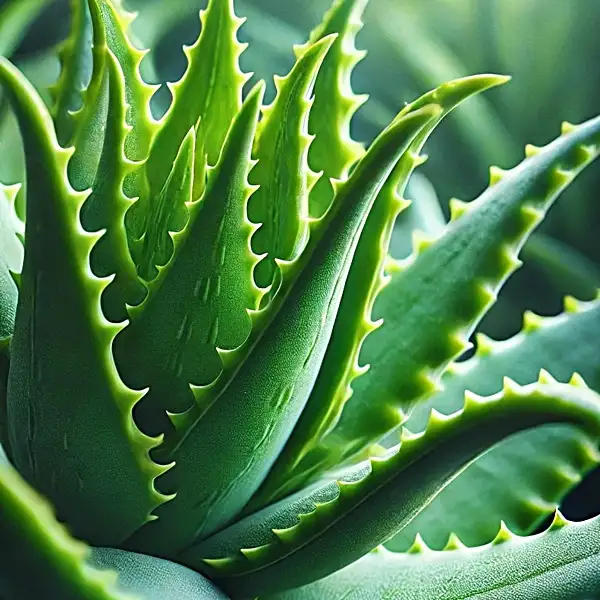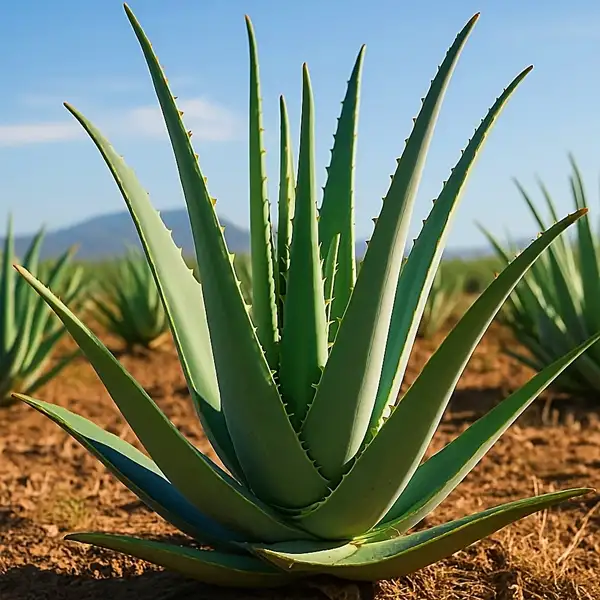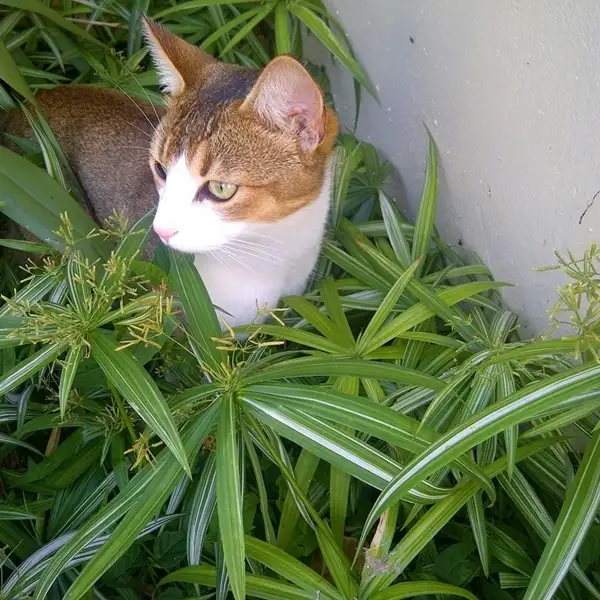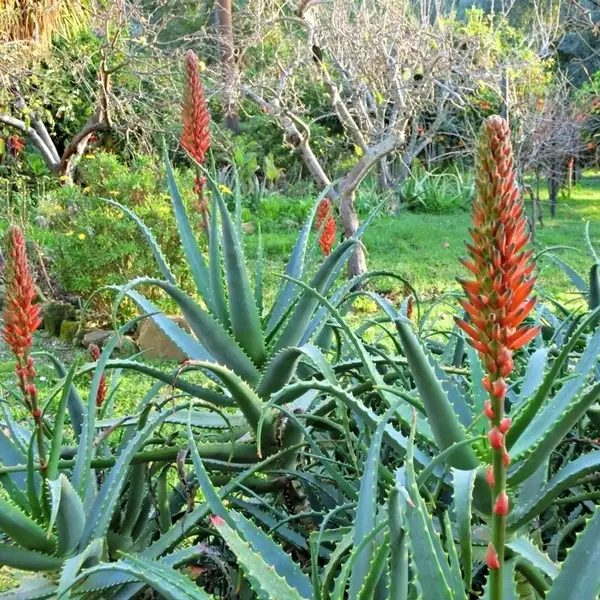Key Takeaways
| Key Takeaways | Why It Matters |
|---|---|
| Do Aloe Vera Plants Need Sun? | Discover the surprising truth about its sunlight requirements. |
| The Natural Origins of Aloe Vera | Uncover how its desert heritage affects its care needs. |
| How Aloe Vera Adapts to Different Light Conditions | Learn the science behind its survival in bright and low light. |
| Can Aloe Vera Get Too Much Sun? | Find out the hidden dangers of overexposure. |
| Indoor vs. Outdoor Aloe Vera Growth | Explore the best placement strategies for a thriving plant. |
| Warning Signs of Poor Lighting | Identify key symptoms before it’s too late. |
| Artificial Light for Aloe Vera | Discover if grow lights can replace natural sunlight. |
| 5 Expert Tips for the Perfect Sunlight Exposure | Master the simple tricks to keep your aloe vera happy. |
Natural Habitat of Aloe Vera Plants
My friend bought an aloe vera plant, excited to add a touch of greenery to her office desk. She figured it would be easy to care for – just an occasional watering & it would thrive. But a few weeks later, she noticed its once-vibrant green leaves turning dull & weak. Worried, she called me & asked, “Do Aloe Vera Plants Need Sun?”
That simple question led to a long conversation about aloe vera care & and I explained how aloe veras being desert succulents rely on sunlight to stay healthy. Through expert advice & hands-on experience, she quickly learned that proper lighting isn’t just important – it is essential for keeping these plants happy & thriving.

Arabian Peninsula
Aloe vera is a succulent from Arabian Peninsula. It has been cultivated all over the world due to its medicinal properties. It thrives in warm & dry climates showing an affinity for sunlight & warmth. As descendants of desert-dwelling plants it has evolved to survive challenging conditions exhibiting considerable resilience to heat & sun exposure.
In its natural habitat, it gets long hours of direct sunlight & some moments of shade provided by neighboring rocks & trees. It has thick fleshy leaves that store water enabling it to endure periods without rainfall – making it drought-resistant.
Crassulacean Acid Metabolism
Aloe vera plant exhibits CAM (Crassulacean Acid Metabolism) – photosynthesis which typically occurs among hardy desert flora allowing them to conserve water while taking full advantage of sunshine.
This biological process involves opening stomata (small pores on leaves) primarily during night-time when evaporation rates are lower thereby ensuring optimal utilization of light once dawn breaks.
Importance of Sunlight for Aloe Vera Growth
Sunlight plays an important role in growth & overall health of many plants including aloe vera.
Photosynthesis in Aloe Vera
- By efficiently utilizing solar energy through photosynthesis, aloe vera converts it into chemical energy primarily in form of carbohydrates.
- This process fuels cell division, supports growth & encourages flowering ultimately aiding in the plant’s maintenance & nourishment.
- Despite being indoor-friendly, providing your aloe vera plant with adequate sunlight is necessary. Otherwise it may lose its green color, turning translucent or brownish due to deficiencies.
- Consistent light exposure ensures that its nutrient-rich sap (packed with versatile vitamins like K, B1, B2 & C) maintains proper starch levels, helping to prevent rot caused by inadequate lighting.
- While indoor lighting may support its survival, it certainly won’t thrive there. As Alaska’s State Forestry’s Jerome Grant opines,
“Sunlight offers a spectrum of waves not found in artificial light which is essential to plants.”
How Much Sun Does an Aloe Vera Plant Need?
| Sunlight Requirement | Details |
|---|---|
| Daily Sunlight | 6–8 hours of bright, indirect sunlight. Gradual acclimation to direct sunlight is recommended to prevent sunburn. |
| Ideal Placement | Near south or west-facing windows indoors; outdoors in a spot with partial shade during peak afternoon hours. |
| Seasonal Adjustments | In winter, provide additional light if natural sunlight is insufficient. Consider using grow lights to supplement. |
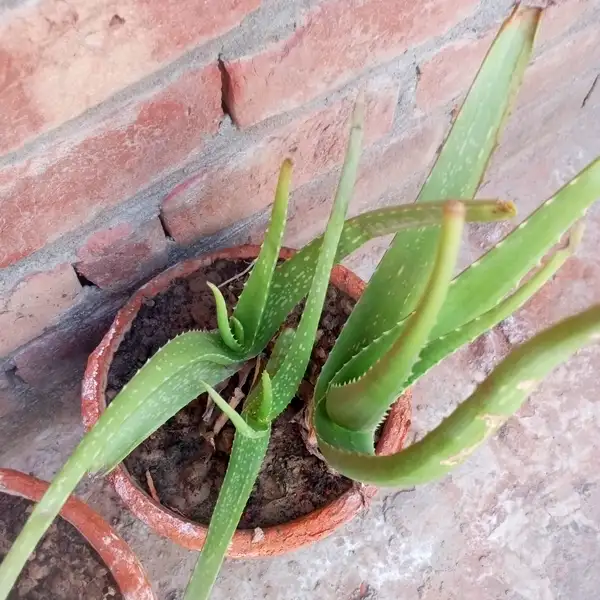
3 Potential Dangers of Too Much Sun for Aloe Veras
Though rare, cases of plant death due to extreme sun exposure have been documented, even among desert-adapted species. For instance, the University of Arizona recorded unusual incidents where sudden plant death was traced back to unfiltered desert UV penetration.
| Symptom | Cause | Solution |
|---|---|---|
| Brown or Red Leaves | Sunburn from excessive direct sunlight exposure. | Move the plant to a location with filtered sunlight or provide shade during peak hours. |
| Dry, Brittle Leaves | Overexposure leading to dehydration. | Ensure adequate watering and relocate to a less intense light environment. |
| Leaf Scorching | Sudden exposure to intense sunlight without acclimation. | Introduce the plant gradually to increased light levels over time. |
3 Different Lighting Conditions for Your Aloe Plant
Understanding your plant’s lighting preferences helps alleviate doubts about optimal growing conditions, whether using natural or artificial light.
| Lighting Condition | Impact on Aloe Vera | Recommendations |
|---|---|---|
| Bright, Indirect Light | Optimal growth and vibrant leaf color. | Place near a south or west-facing window with sheer curtains to diffuse light. |
| Direct Sunlight | Potential for leaf scorching and dehydration if not acclimated. | Gradually introduce to direct sunlight, starting with morning sun. |
| Low Light | Slow growth, pale leaves, and potential for root rot. | Supplement with artificial grow lights to provide adequate illumination. Spectral lamps and fluorescent lights are popular choices. |
5 Tips for Perfect Sunlight Exposure for Aloe Vera
| Tip | Description |
|---|---|
| Regular Rotation | Rotate the plant weekly to ensure even light distribution and balanced growth. |
| Monitor Hydration | Adjust watering frequency based on light exposure; more light may increase water needs. |
| Seasonal Light Adjustment | Provide additional light during shorter winter days using grow lights if necessary. |
| Use of Sheer Curtains | Filter intense sunlight with curtains to prevent leaf burn while ensuring sufficient light. |
| Observe and Respond | Regularly check for signs of light stress, such as discoloration, and adjust placement as needed. |
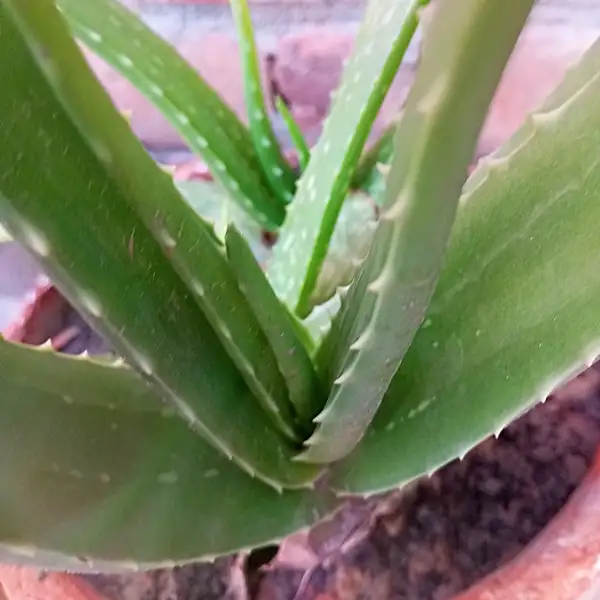
Final Thoughts
Understanding and catering to your plant’s needs, while paying attention to environmental changes and signs, ensures it continues to thrive regardless of where it’s grown.
Consistent lighting adjustments & responsiveness create the perfect equation for a harmonious coexistence between humans & nature culminating in vibrant greenery at heart of your home.
Frequently Asked Questions
Can aloe vera grow in a greenhouse?
A greenhouse provides warmth, sunlight & humidity creating ideal conditions for aloe vera. Avoid excessive heat or low light.
Can aloe vera survive without sunlight?
Aloe vera thrives in bright & direct sunlight for 6 to 8 hours daily. Without enough light it loses color & weakens.




